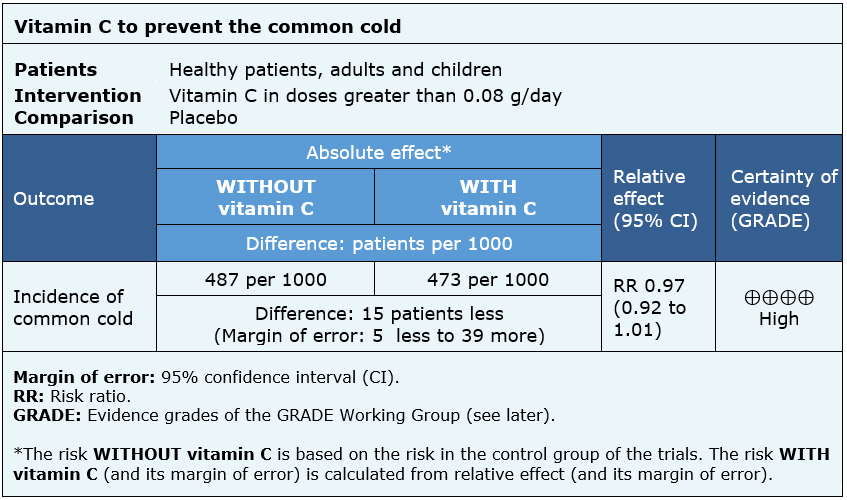The common cold, also known as an upper respiratory tract infection, is one of the most frequent illnesses people experience worldwide. Despite advances in medical science, this viral infection remains a persistent part of daily life, affecting individuals of all ages. The abbreviation “URI” is often used to describe it, but for the purposes of this article, we will delve into the full details of this condition. Understanding its causes, recognizing its symptoms, and learning how to manage it effectively can significantly improve your quality of life during cold season.

What Causes the Common Cold?
The common cold is caused by a variety of viruses, with rhinoviruses being the most prevalent culprits. These viruses thrive in environments where people are in close contact, making schools, offices, and public transportation hotspots for transmission. Let us explore the primary factors that contribute to the spread of the common cold.
Viral Infections
- Rhinoviruses: These are responsible for a significant percentage of common cold cases. They tend to survive and multiply best in the nasal passages and throat.
- Coronaviruses: While certain types of coronaviruses cause more severe illnesses, others are associated with mild cold-like symptoms.
- Respiratory Syncytial Virus (RSV): This virus is more common in children but can also affect adults, particularly those with weakened immune systems.
- Adenoviruses: These viruses can cause not only colds but also other conditions like conjunctivitis and bronchitis.
Transmission Methods
The viruses that cause the common cold spread through various means, including:
- Airborne Droplets: When an infected person coughs or sneezes, tiny droplets containing the virus are released into the air. Breathing in these droplets can lead to infection.
- Direct Contact: Touching surfaces contaminated with the virus, such as doorknobs or mobile phones, and then touching your face can introduce the virus into your body.
- Close Contact: Hugging, shaking hands, or sharing utensils with someone who has a cold increases the risk of transmission.
Symptoms of the Common Cold
The symptoms of the common cold typically appear one to three days after exposure to the virus. While they vary from person to person, some signs are almost universal. Recognizing these symptoms early can help you take steps to alleviate discomfort and prevent spreading the illness to others.
Early Signs
- Sore Throat: A scratchy or irritated throat is often the first sign of an impending cold.
- Fatigue: Feeling unusually tired or weak may indicate that your body is fighting off an infection.
- Mild Fever: While not everyone experiences a fever, a slight increase in body temperature is common in some cases.
Progression of Symptoms
As the cold progresses, additional symptoms may develop:
- Runny or Stuffy Nose: Excess mucus production leads to nasal congestion and discharge.
- Sneezing: Frequent sneezing is the body’s way of expelling irritants and pathogens from the nasal passages.
- Cough: A dry or productive cough may occur as the body attempts to clear mucus from the airways.
- Headache: Sinus pressure and inflammation can lead to mild to moderate headaches.
- Watery Eyes: Some individuals experience redness or tearing in the eyes due to irritation.
Duration of Symptoms
In most cases, the symptoms of the common cold peak within two to three days and gradually subside over the course of a week or two. However, complications such as sinus infections or ear infections can prolong recovery time. If symptoms persist beyond ten days or worsen suddenly, it is advisable to consult a healthcare professional.
How to Manage the Common Cold
While there is no cure for the common cold, several strategies can help alleviate symptoms and support the body’s natural healing process. Proper management not only reduces discomfort but also minimizes the risk of spreading the virus to others.
Rest and Hydration
One of the most effective ways to combat the common cold is to prioritize rest and hydration. Adequate sleep allows the immune system to function optimally, while fluids help thin mucus and prevent dehydration.
- Get Plenty of Sleep: Aim for seven to nine hours of sleep per night to give your body the energy it needs to fight off the infection.
- Drink Water: Consuming water, herbal teas, and broths keeps the body hydrated and supports respiratory health.
- Avoid Alcohol and Caffeine: These substances can dehydrate the body and exacerbate symptoms.
Over-the-Counter Remedies
Several over-the-counter medications can provide relief from specific symptoms of the common cold. However, it is important to use them as directed and consult a doctor if you have underlying health conditions.
- Decongestants: These medications reduce nasal congestion and make breathing easier.
- Antihistamines: Antihistamines can help alleviate a runny nose and watery eyes caused by allergies or colds.
- Pain Relievers: Acetaminophen or ibuprofen can reduce fever, headaches, and muscle aches.
- Cough Suppressants: These are useful for calming persistent coughs, especially at night.
Natural Remedies
In addition to conventional treatments, many people turn to natural remedies to ease cold symptoms. While scientific evidence supporting their effectiveness varies, these methods are generally safe when used appropriately.
- Honey and Lemon: A warm drink made with honey and lemon can soothe a sore throat and suppress coughing.
- Ginger Tea: Ginger has anti-inflammatory properties that may help reduce throat irritation and nausea.
- Steam Inhalation: Breathing in steam from a bowl of hot water can relieve nasal congestion and open up the airways.
- Vitamin C: Although its ability to prevent colds is debated, vitamin C may shorten the duration of symptoms in some individuals.
Preventing the Spread of the Cold
Taking precautions to avoid spreading the virus is crucial, especially in shared spaces. Simple hygiene practices can significantly reduce the risk of transmission.
- Wash Hands Frequently: Use soap and water to clean your hands thoroughly, especially after coughing, sneezing, or blowing your nose.
- Cover Your Mouth and Nose: Use a tissue or your elbow to cover your mouth and nose when coughing or sneezing.
- Disinfect Surfaces: Regularly clean commonly touched items like doorknobs, keyboards, and phones to eliminate germs.
- Avoid Close Contact: Stay home from work or school if possible, and limit interactions with others until you feel better.
When to Seek Medical Attention
While the common cold is usually harmless, certain situations warrant medical attention. Pay close attention to any unusual or severe symptoms that may indicate a more serious condition.
- High Fever: A fever above one hundred two degrees Fahrenheit in adults or one hundred four degrees Fahrenheit in children requires evaluation.
- Shortness of Breath: Difficulty breathing or chest pain should be addressed immediately, as it could signal a secondary infection.
- Persistent Symptoms: If symptoms last longer than ten days or worsen after initial improvement, consult a healthcare provider.
- Ear Pain or Swelling: These could be signs of an ear infection, which may require antibiotics.
By understanding the causes, symptoms, and management strategies for the common cold, you can navigate cold season with greater confidence and comfort. Remember that prevention and early intervention are key to minimizing the impact of this ubiquitous illness.





